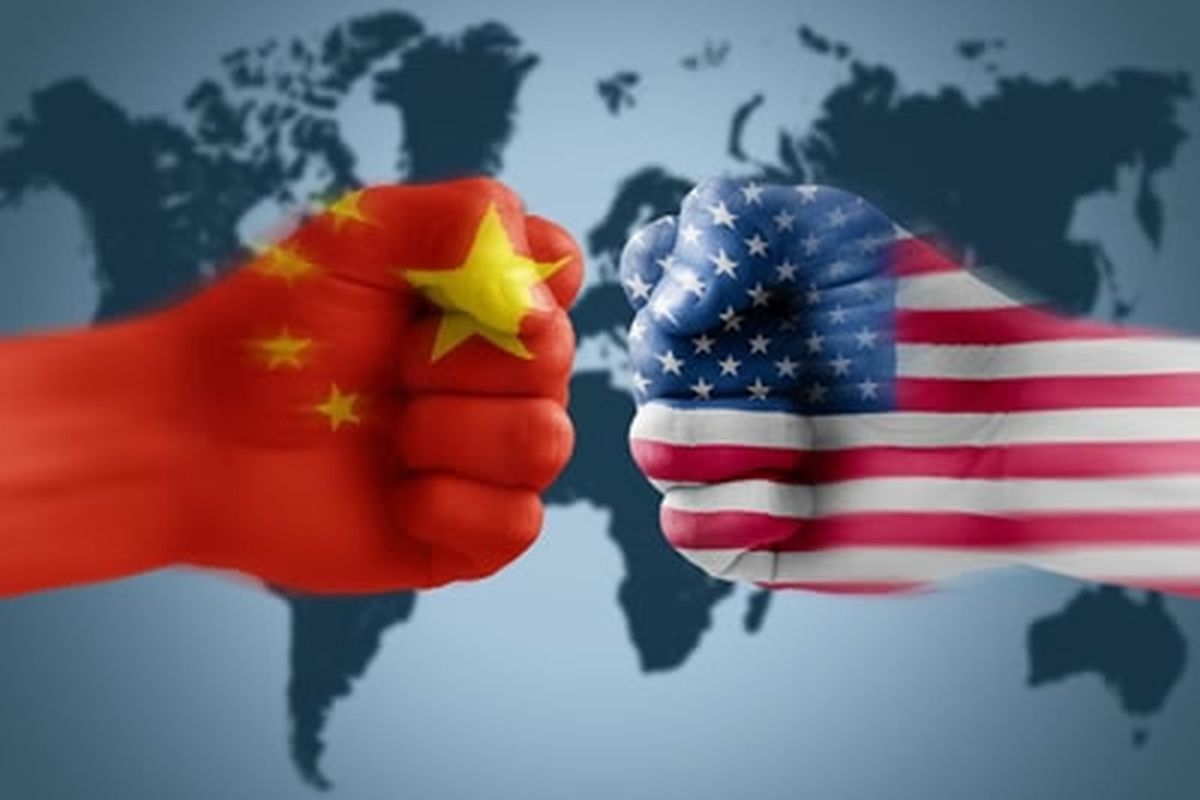Biden’s Silence
The aftermath of the 2024 US Presidential election has presented an unusual picture of a sitting president. President Joe Biden, with his party facing a decisive electoral defeat, has chosen a restrained public posture.
Wang said the agreement is in line with Chinese reform, openness policies and needs to promote high-quality economic development.

Representational image (Photo: IANS)
China and the US on Friday reached a partial agreement to mitigate the trade conflict facing both powers since last year.
During a news briefing, China’s Vice Minister of Commerce Wang Shouwen said that the two sides reached a first phase agreement that addresses issues including technology transfer, intellectual property, trade expansion and the establishment of mechanisms for dispute resolution.
The US undertakes to phase out the charges that both parties have imposed during the dispute, the Xinhua news agency reported.
Advertisement
Taking to Twitter, President Trump said, “We have agreed to a very large Phase One Deal with China”.
We have agreed to a very large Phase One Deal with China. They have agreed to many structural changes and massive purchases of Agricultural Product, Energy, and Manufactured Goods, plus much more. The 25% Tariffs will remain as is, with 7 1/2% put on much of the remainder….
— Donald J. Trump (@realDonaldTrump) December 13, 2019
“They have agreed to many structural changes and massive purchases of Agricultural Product, Energy, and Manufactured Goods, plus much more.
The statement said the agreement was based on the principles of equality and mutual respect and serves the fundamental interests of the Chinese, Americans and people around the world.
Wang said the agreement is in line with Chinese reform, openness policies and needs to promote high-quality economic development.
On Thursday, Trump said that he is on the verge of easing the China trade war, days before new tariffs are due to kick in between the world’s two largest economies.
On Wednesday, Trump to reach a “phase one” deal with China in an effort to resolve the ongoing trade war between the US and China.
Last month, China and the US were “moving closer to agreeing” on a “phase one” trade deal.
President Trump and his Chinese counterpart Xi Jinping both insisted that they would resist pressure to give ground on a trade deal that Washington’s leader said could be “very close.”
Trump further said that, when it comes to Hong Kong, he is balancing competing interests, stopping short of pledging to sign new US legislation to support the restive semi-autonomous city’s democracy movement.
The United States and China imposed steep tariffs on hundreds of billions of dollars in two-way trade, and another round of US duties are set to hit on December 15 on $160 billion in Chinese goods.
In September, the US had imposed fresh tariffs on $112 billion worth of Chinese imported goods, marking a sharp escalation of the bruising trade war between the world’s two largest economies.
Donald Trump launched the trade war as part of his “America First” bid to lower a wide trade deficit with China, but the tariffs imposed thus far have barely made a dent in that gap.
Advertisement